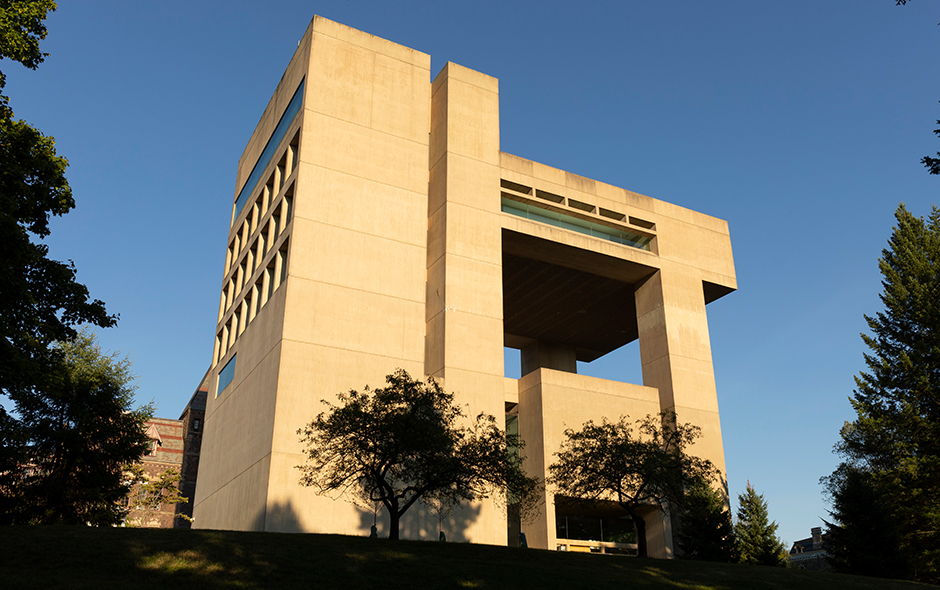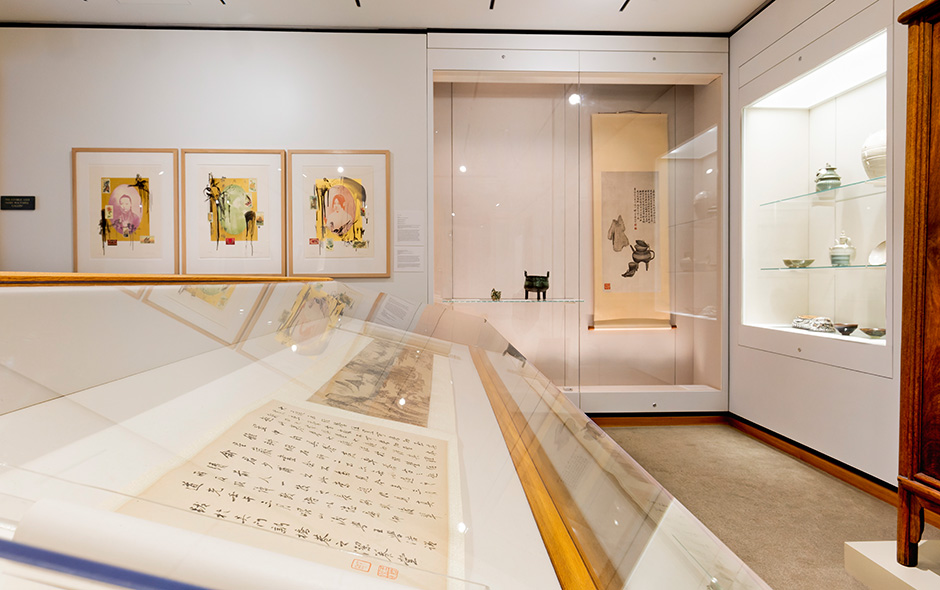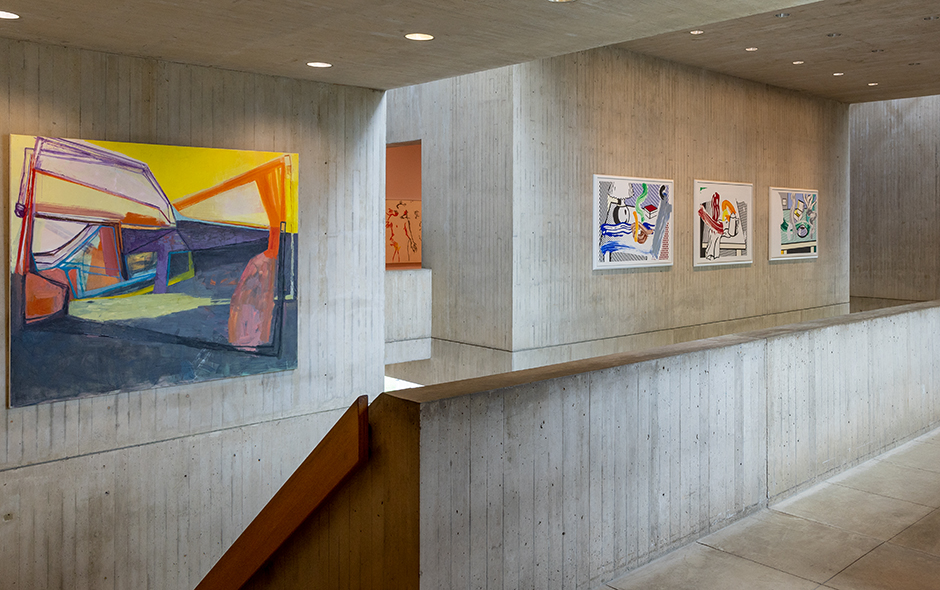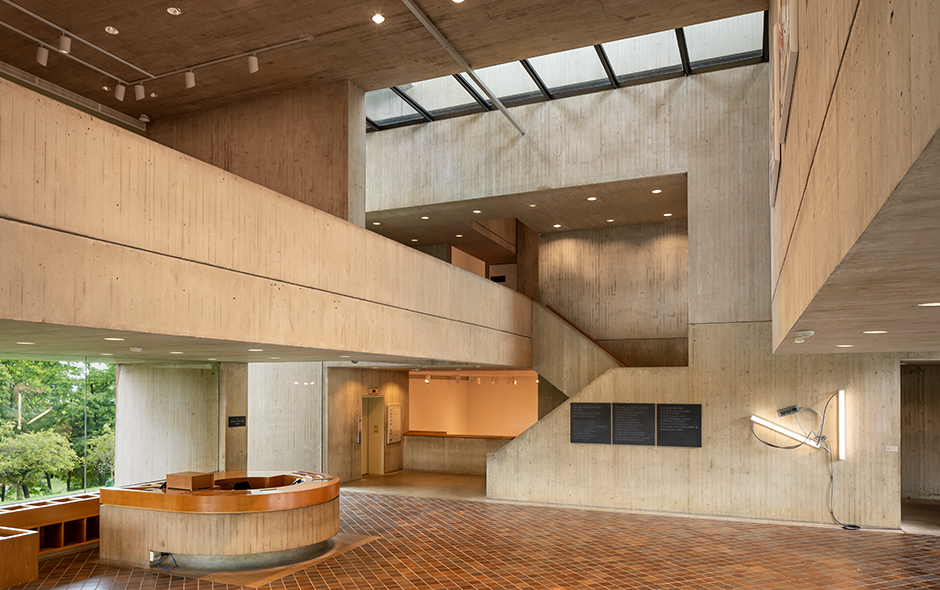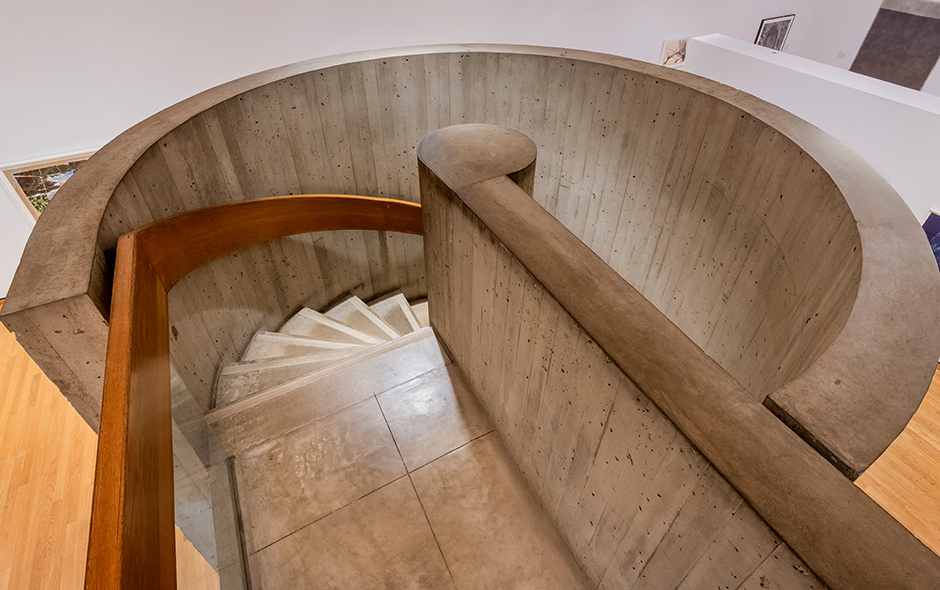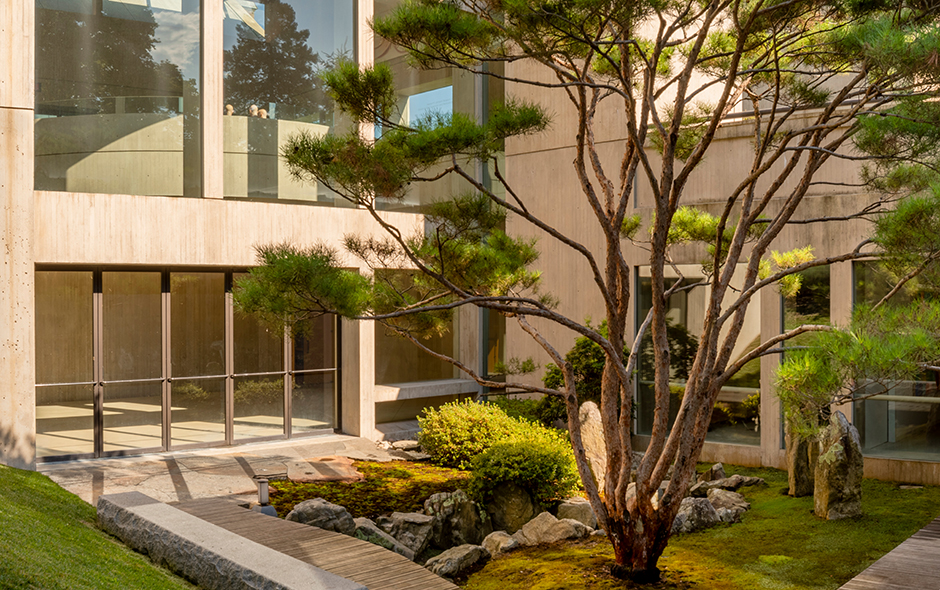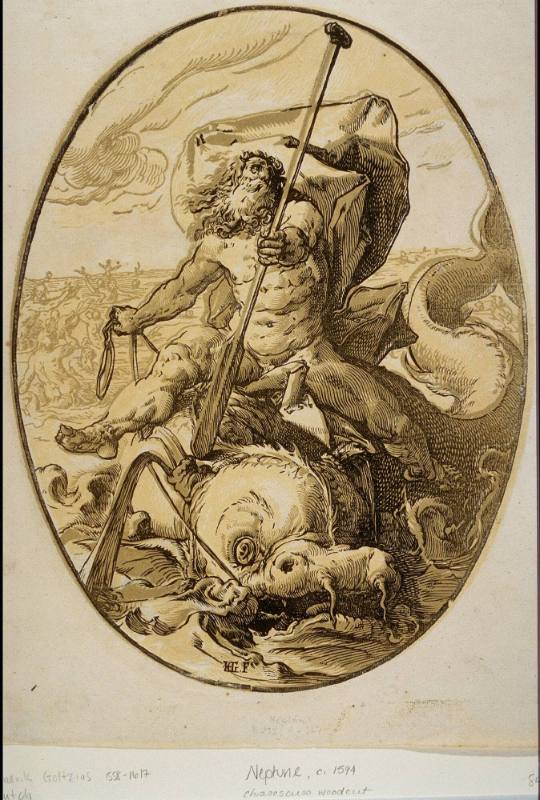Katsushika Hokusai
Products of Arima (Arima-san) from the series All About Horses (Uma-zukushi)

Object Details
Artist
Katsushika Hokusai
Date
commissioned for New Year 1822, Year of the Horse
Medium
Color woodblock print
Dimensions
8 1/8 × 7 3/16 inches (20.6 × 18.3 cm)
Credit Line
Gift of Joanna Haab Schoff, Class of 1955
Object
Number
2011.017.018
Commissioned by the Four Directions Group (Yomo-gawa) for New Year 1822, Year of the Horse Arimayama(…)
Commissioned by the Four Directions Group (Yomo-gawa) for New Year 1822, Year of the Horse Arimayama At Mount Arima Yuna mo sasabeni As the bathhouse girls Kewai shitsu Apply “bamboo grass rouge” Ide soyosoyo to The spring winds rise Soyogu harukaze To blow it back and forth —Chikushien ItoyoriThe poem here takes a famous waka from the Hyakunin isshu (One Hundred Poets, One Verse Each) as its base, using the technique of honkadori, to play with a distinctive type of makeup used by contemporary bathhouse prostitutes of the Arima springs. This so-called “bamboo grass rouge” involved applying red safflower over charcoal on the lips to create a striking, dark greenish hue. Borrowing from the classic verse, the poet suggests that this rouge entices “spring winds” (sexual desire) to rise and blow this bamboo grass back and forth, shifting from the makeup to the literal implications of its name, with erotic connotations in relation to the yielding prostitutes. Cutlery is but one of the famous products of Arima mentioned in the title, with a colorful pair of doll brushes (ningyo fude) just above, the heads of which bobbed up and down as one wrote, along with a portable writing set (yatate) and a patterned cloth. The bobbing-head dolls, male and female, refer to the original poem, in which the woman implies that she never refuses (ina) the man, yielding to him like bamboo grass to the wind, though his attentions wander all around. The horse reference in this work, in addition to the bamboo grass for grazing, may be embedded in the image itself, with its visual suggestion of a horse’s decorative mane in the triangles at top, the rein-like cord of the yatate and the shape of the horse’s nose it outlines against the cloth.
Discover More
Apollo sitting on Parnassus surrounded by the muses and famous poets
Marcantonio Raimondi, after Raphael



